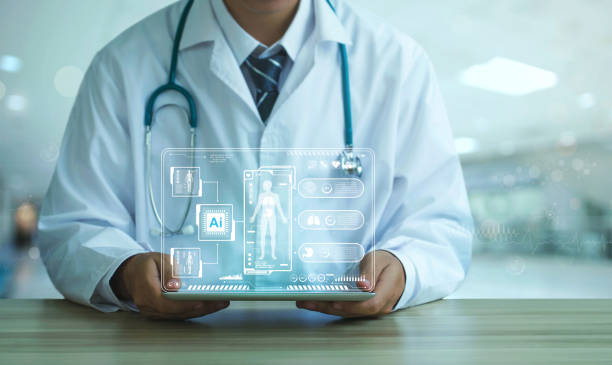Advancements in remote patient monitoring have moved from pilot to standard practice across primary care and cardiopulmonary specialties. The evidence base now spans randomized trials, large implementation studies, and federal oversight reports. Below is a concise review of four studies that show where RPM and IoT is delivering value, where it is improving, and what that means for adoption and policy.
Advancements in Remote Patient Monitoring
A meta-analysis was conducted on 12 studies in men’s health concerning their perceptions of telemedicine. It included more than 4,000 cases, evaluating patients’ preference for telemedicine over in-person visits, the acceptance of the current telemedicine arrangement, and their willingness to do a teleconsultation.
Researchers found that telemedicine saved an average cost of $149-$252 per patient. Additionally, 68.7% of patients positively perceived telemedicine, and 65.1% would recommend telemedicine. The research uncovered that 84.6% preferred video appointments compared to 38.9% who preferred telephone appointments. However, some patients posed concerns about the security and privacy of telecommunication. These findings suggest that telemedicine will likely continue to play a critical role in andrology practices.
Disparities in Telehealth Access
In another study surrounding advancements in remote patient monitoring, research found that rural and low-income adults were less likely to report telehealth access than non-rural and non-low-income counterparts. However, there were no differences in willingness to use telehealth between rural and non-rural or low-income and non-low-income adults. The study suggests that lack of access is the primary driver of telehealth disparities in rural areas. Moreover, race and ethnicity does not affect willingness to use telehealth once access is granted.
Advancements in Remote Patient Monitoring: Labor Progress Monitoring System
Pregnant women often go to the hospital too early when they start having contractions. Usually, monitoring contractions requires specialized medical devices and a doctor’s expertise. This study proposes a system that allows low-risk first-time mothers to monitor labor progress at home in order to determine a suitable time for hospital admission.
The system uses a sensing device worn on the abdomen to detect contractions. An AI algorithm used on a mobile phone classifies the woman’s contraction state as either deferred, optional, or recommended admission. An internet-connected platform also provides guidance from doctors. In tests, the system achieved over 96% accuracy in classifying contraction states. The researchers conclude that the proposed system enables remote monitoring of labor progress at home, avoiding overly early hospital admission.
IoT-Based Smart Baby Monitoring System with Emotion Recognition
IoT and machine learning have proven helpful in advancements in remote patient monitoring research and fields, such as smart homes, computer vision, and agriculture. The proposed system in this study aims to improve the monitoring of babies through online streaming. The system uses sensors to monitor parameters like room temperature and humidity. It can also detect the facial emotions of babies using a machine-learning model.
The monitoring system gives parents a view of the child’s live activities and emotions with an external web camera. A parent can swing the baby cradle remotely when a cry is detected. They can also check the real-time room temperature and humidity level. The system sends instant notifications to the parent’s application when abnormal activity is detected.
Understanding Advancements in Remote Patient Monitoring
Advancements in remote patient monitoring are rapidly transforming healthcare delivery across various specialties. From improving men’s health services and addressing telehealth disparities to revolutionizing labor monitoring and enhancing infant care. RPM technologies are making healthcare more accessible, efficient, and personalized. While challenges such as privacy concerns and access inequalities persist, the overall benefits and patient acceptance of these innovations are evident. As RPM continues to evolve, it promises to play an increasingly crucial role in healthcare, offering cost-effective solutions and improving patient outcomes.


